How to Start a Microbrewery
The Growth Trend of the Craft Beer Market
The craft beer industry has been booming over the past decade, and it shows no signs of slowing down. According to the Brewers Association, craft beer sales accounted for 26.8% of the U.S. beer market in 2022, with over 9,000 breweries operating across the country. This growth isn’t just limited to the U.S.—countries like Canada, the UK, and Australia are also experiencing a surge in demand for locally brewed, artisanal beers.
What’s driving this trend? Consumers are increasingly seeking unique, high-quality products with a story behind them. They want to support small businesses and enjoy flavors that mass-produced beers simply can’t offer. This shift in consumer preferences has created a golden opportunity for aspiring brewers to carve out their niche in the market.
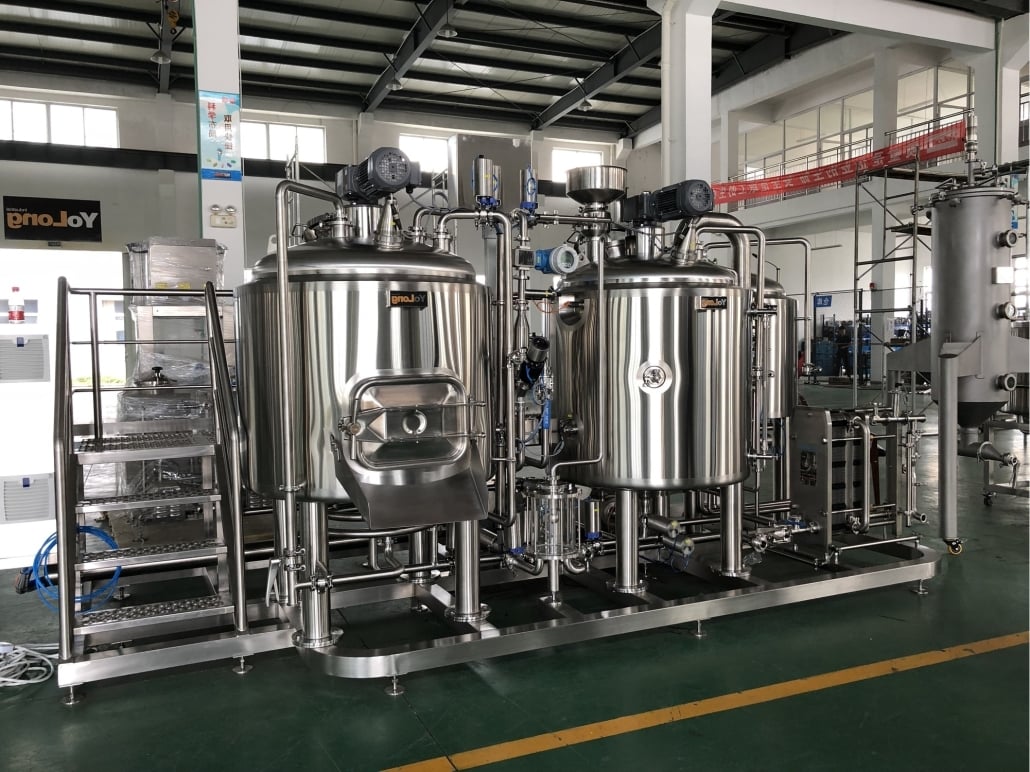
Why Starting a Small Brewery is an Attractive Entrepreneurial Opportunity
Starting a microbrewery isn’t just about making beer—it’s about creating an experience. Unlike large-scale breweries, microbreweries focus on small batches, allowing for greater creativity and experimentation. This means you can craft unique flavors that reflect your personality and vision, attracting a loyal customer base.
But it’s not just about the beer. Running a microbrewery allows you to build a community around your brand. Think about it: breweries often become local hangouts where people gather to enjoy good beer, good food, and good company. This sense of community can be incredibly rewarding, both personally and financially.
Plus, the financial potential is significant. While the initial investment can be steep, the profit margins on craft beer are often higher than those of mass-produced beers. With the right strategy, you can turn your passion into a profitable business.
Analyzing Trends in the Craft Beer Industry
Before diving into the brewing process, it’s essential to understand the current trends shaping the craft beer industry. Here are a few key trends to keep in mind:
- Sustainability: Consumers are increasingly concerned about the environmental impact of their purchases. Many breweries are adopting eco-friendly practices, such as using renewable energy, recycling wastewater, and sourcing local ingredients.
- Low-Alcohol and Non-Alcoholic Options: Health-conscious consumers are driving demand for low-alcohol and non-alcoholic beers. Offering these options can help you tap into a growing market.
- Experimental Flavors: From hazy IPAs to sour beers, consumers are eager to try new and innovative flavors. Don’t be afraid to get creative with your recipes!
- Direct-to-Consumer Sales: With the rise of e-commerce, many breweries are selling their products directly to consumers through online platforms. This can be a great way to increase revenue and build brand loyalty.


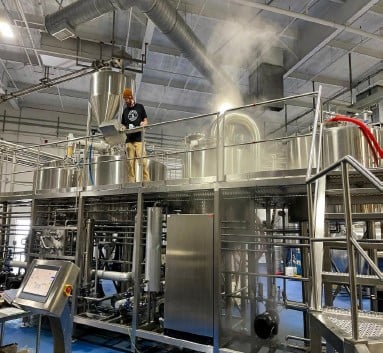

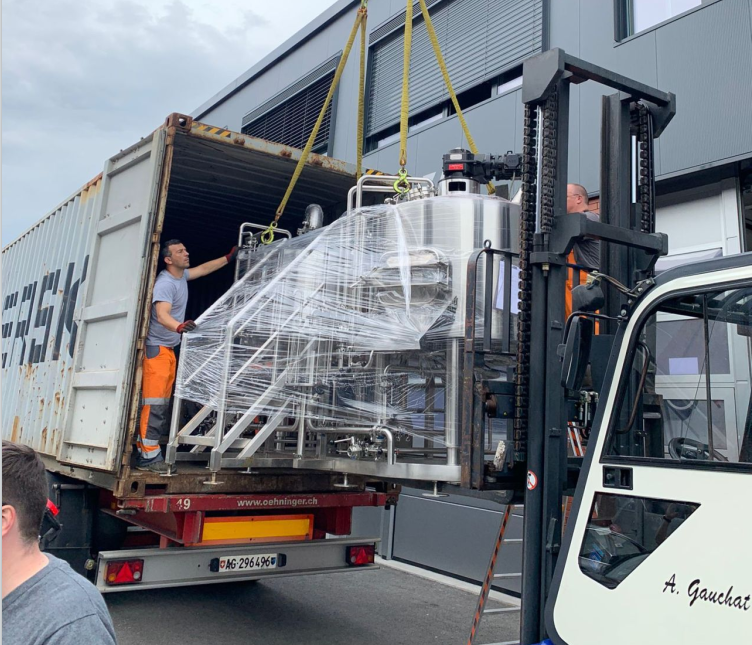
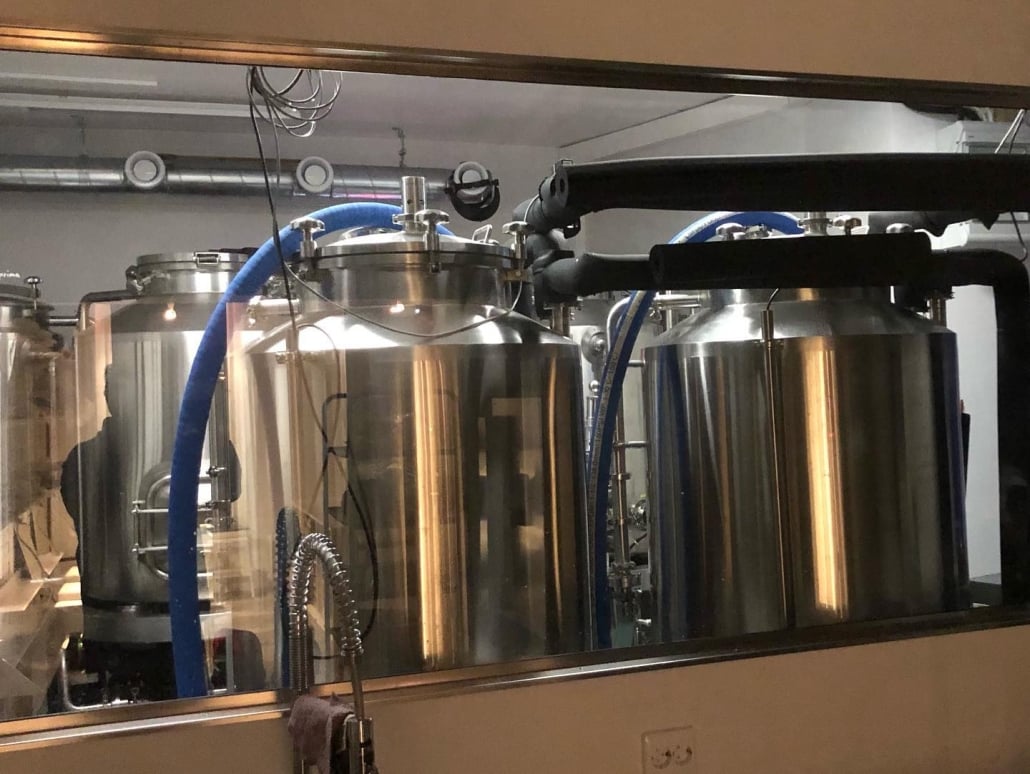
Create a Business Plan: How to Start a Microbrewery
Every successful business starts with a solid plan. Here’s a breakdown of the key components you’ll need to include in your microbrewery business plan:
| Section | Details |
|---|---|
| Executive Summary | A brief overview of your business, including your mission, vision, and goals. |
| Market Analysis | Research your target market, competitors, and industry trends. |
| Business Model | Outline your revenue streams (e.g., taproom sales, distribution, events). |
| Financial Plan | Include startup costs, projected revenue, and break-even analysis. |
| Marketing Strategy | Detail how you’ll attract and retain customers. |
| Operations Plan | Describe your brewing process, staffing needs, and day-to-day operations. |
Obtain Licenses and Permits
Starting a microbrewery involves navigating a maze of regulations. Here’s a table summarizing the key licenses and permits you’ll need:
| License/Permit | Details |
|---|---|
| Brewer’s Notice | Issued by the Alcohol and Tobacco Tax and Trade Bureau (TTB). |
| State Liquor License | Requirements vary by state; check with your local alcohol control board. |
| Local Permits | Includes zoning permits, health department approvals, and fire inspections. |
| Label Approval | Required for all beer labels; ensures compliance with federal regulations. |
Choose Equipment and Location
Your equipment and location are the backbone of your microbrewery. When choosing equipment, consider factors like capacity, efficiency, and scalability. A typical microbrewery setup includes:
- Brewing System: This is where the magic happens. Options range from small 1-barrel systems to larger 10-barrel systems. Consider your production goals and budget when making your choice.
- Fermentation Tanks: These are essential for fermenting your beer. Stainless steel tanks are the industry standard.
- Cooling System: Maintaining the right temperature is crucial for brewing. Invest in a reliable cooling system to ensure consistent quality.
- Packaging Equipment: Whether you’re bottling, canning, or kegging, you’ll need the right equipment to package your beer.
As for location, look for a space that’s accessible to your target audience and has room for growth. A taproom can be a significant revenue driver, so choose a location with high foot traffic.
Develop Signature Recipes
Your beer is your brand, so it’s essential to develop recipes that stand out. Start by experimenting with different ingredients and brewing techniques. Don’t be afraid to take risks—some of the most popular craft beers started as bold experiments.
Once you’ve perfected your recipes, consider offering a mix of core beers (year-round favorites) and seasonal brews. This keeps your menu fresh and exciting, encouraging customers to come back for more.
Marketing and Branding
In the crowded craft beer market, branding is everything. Your brand should reflect your brewery’s personality and values. Here are a few tips to get started:
- Create a Memorable Logo: Your logo is often the first thing people notice. Make sure it’s eye-catching and reflects your brand’s identity.
- Build an Online Presence: A professional website and active social media accounts are essential for reaching your audience. Share behind-the-scenes content, upcoming events, and new beer releases.
- Host Events: Events like beer tastings, brewery tours, and live music can attract new customers and build community.
- Collaborate with Local Businesses: Partnering with local restaurants, bars, and retailers can help you expand your reach.
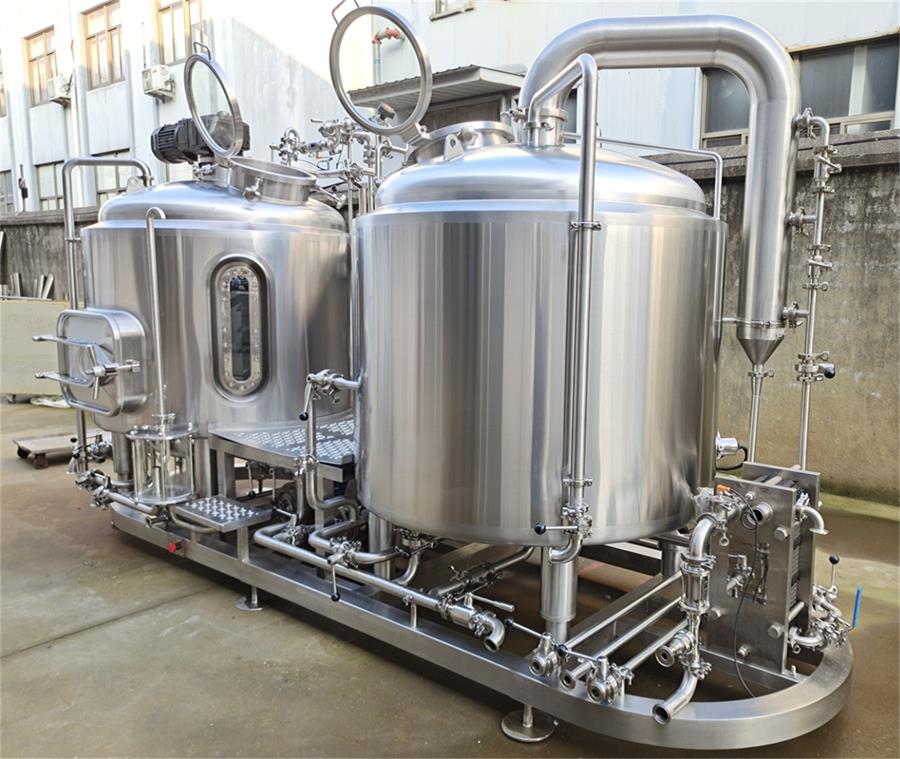
Launch and Scale Your Business
Once everything is in place, it’s time to launch your microbrewery. Start by hosting a grand opening event to generate buzz. As your business grows, focus on scaling your operations. This might include expanding your production capacity, entering new markets, or opening additional locations.
| Step | Details |
|---|---|
| Grand Opening | Host an event to introduce your brewery to the community. |
| Expand Distribution | Partner with local bars, restaurants, and retailers to increase sales. |
| Introduce New Products | Keep your menu fresh with seasonal and limited-edition brews. |
| Explore Export Markets | Consider exporting your beer to international markets for additional growth. |
FAQ
| Question | Answer |
|---|---|
| How much does it cost to start a microbrewery? | Startup costs typically range from $250,000 to $1 million, depending on size and location. |
| What licenses do I need to start a microbrewery? | You’ll need a Brewer’s Notice, state liquor license, and local permits. |
| How long does it take to start a microbrewery? | The process can take 6 months to 2 years, depending on licensing and setup. |
| What equipment do I need to start a microbrewery? | Essential equipment includes a brewing system, fermentation tanks, and packaging equipment. |
| How do I market my microbrewery? | Focus on branding, online presence, events, and local collaborations. |
Share this entry
Interested in learning more about Brewing Systems including additional details and pricing information? Please use the form below to contact us!
YOLONG BREWERY EQUIPMENT FAQS
- Commercial Brewery / Craft Brewery / Microbrewery / Nanobrewery
- What is The Difference Between Craft Beer and Industrial Beer?
- The Bespoke Differences In Custom Brewing Systems
- Everything You Need to Know About Kettle Souring
- How to Choose Brewing Equipment for Your business?
- How To Choose The-Best Partner To Build Your Commercial Microbrewing System?
- Two Detection Sensors That You Need To Use In Your Brewhouse System
- Remote Control Applications in Brewing Equipment/How does it work?
- How To Clean Your Brand New Brewery Tanks?

